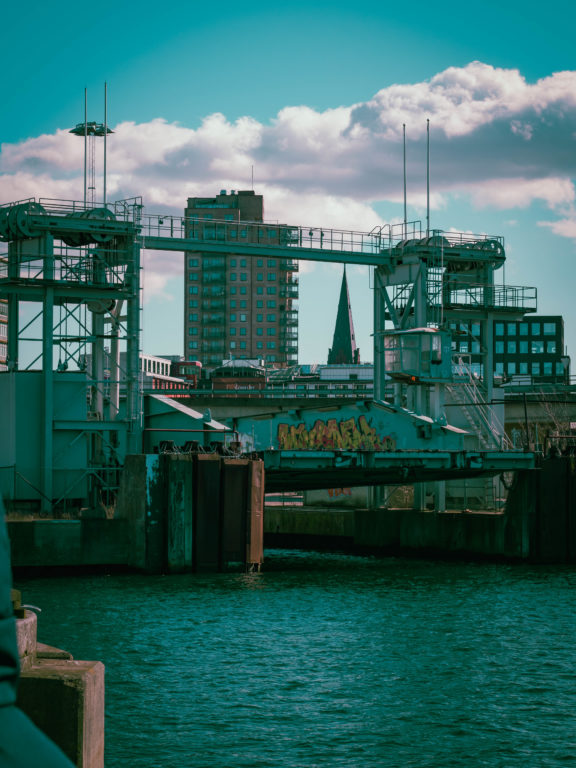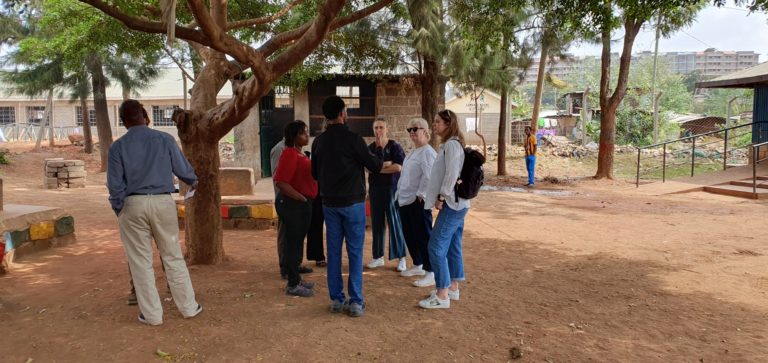This blog post is written by Brianna Bergström & Joel Talje, students at the MSc course Act Local, Think Global.

Nyhamnen, Malmö. Photo: Alexia Moulin
Student project of Nyhamnen
The repurposing of the former industrial harbour district Nyhamnen in Malmö will give space for and enable many purposes for the city. The coastal line and water will be accessible for the general public, enabling spaces for recreation and leisure. The amount of available space is also important regarding the demand on housing and Malmö City’s goal of densification. Access to the area and remnants of the harbour industry is also an important part of the city’s heritage and identity. There are also challenges with these possibilities. Envisioning how the new city district will function and be shaped by social life can be difficult. It therefore becomes necessary to think of how to activate a space rather than only imagining a static vision of what the new district should be. A big part of this challenge is to understand what qualities the space currently contains and designing with undiscovered potentials in mind.

SLU and Architects Sweden visits JKUAT. Photo: Emily Wade
Kibera public space project
The situations and projects of Kibera are vastly different from any situation in Nyhamnen, though the underlying ideas of community driven processes are inspiring for the urban development and activation of public spaces in Nyhamnen. It is not only the commonality that is relevant, but the differences in approaches which can be thought provoking in a necessary way. In KDI’s public space projects, multi functionality has been a big focus. Combined use of public space to work with sanitation, management of crime and availability of drinking water. Also engaging with social and economical challenges when working with climate related issues is helpful in creating solutions that are sustainable on more than one level. Even though much might be different from Nyhamnen, the question of multifunctionality in an increasingly dense environment is just as relevant in Malmö and many other cities.
Kibera is mentioned to have a strong social fabric and sense of community activism, giving community driven processes much potential. This strength in community and enabling of bottom up movements is something that sometimes is missing in large developments such as Nyhamnen. Bottom up movements aren’t unique to Kibera, but the demanding environment of Kibera also requires community structures and engagement. Highlighting the importance of the people being able to have their voices heard. This can also function as a reminder of core values that if not valued and protected could be overlooked in a seemingly well thought out and well functioning system.
Act local, Think global
The completely different preconditions of Nairobi and more specifically Kibera, demands a different approach to solving issues than what is praxis in Malmö. This highlights the value of acting local and thinking global, as different local contexts allow or even demand different approaches. As issues relate to human and ecological themes always are a common denominator for people and cities. The local perspective can help influence new ways of thinking, understanding complexities and to come up with new solutions.
This blog post is the third one in a series of four blog posts from the Master’s course Act Local, Think Global given by SLU and JKUAT Nairobi.
